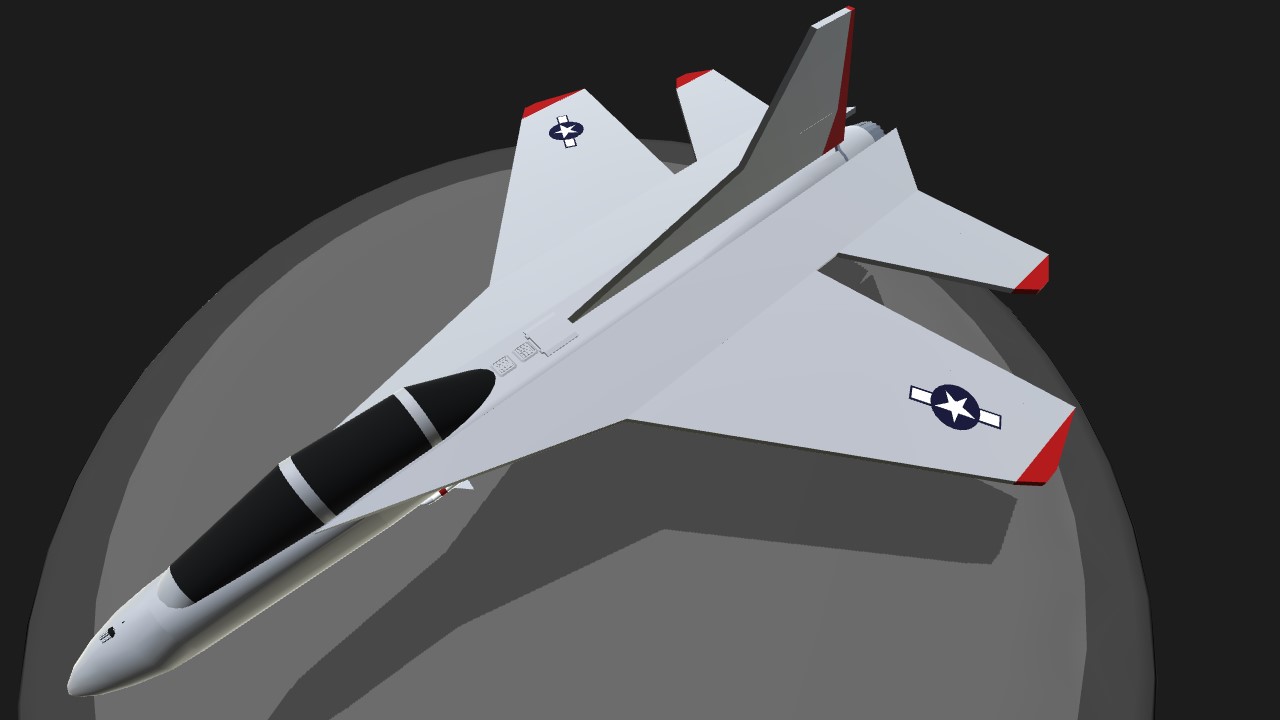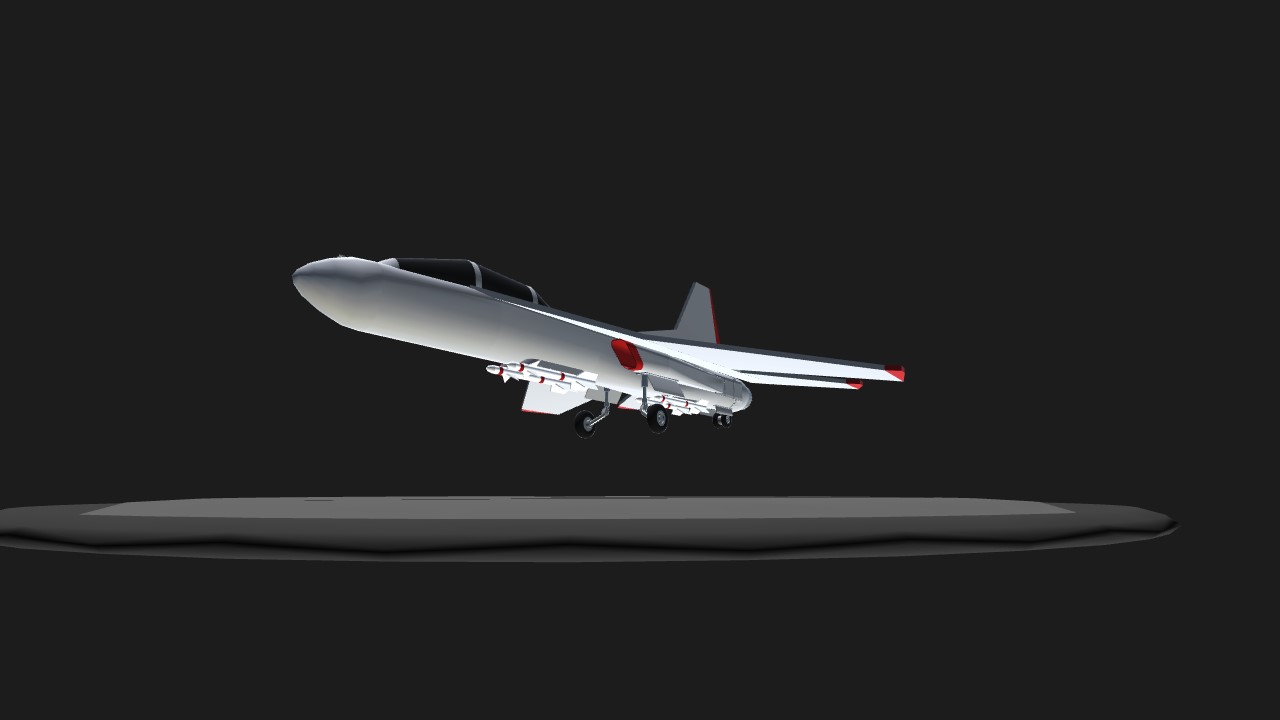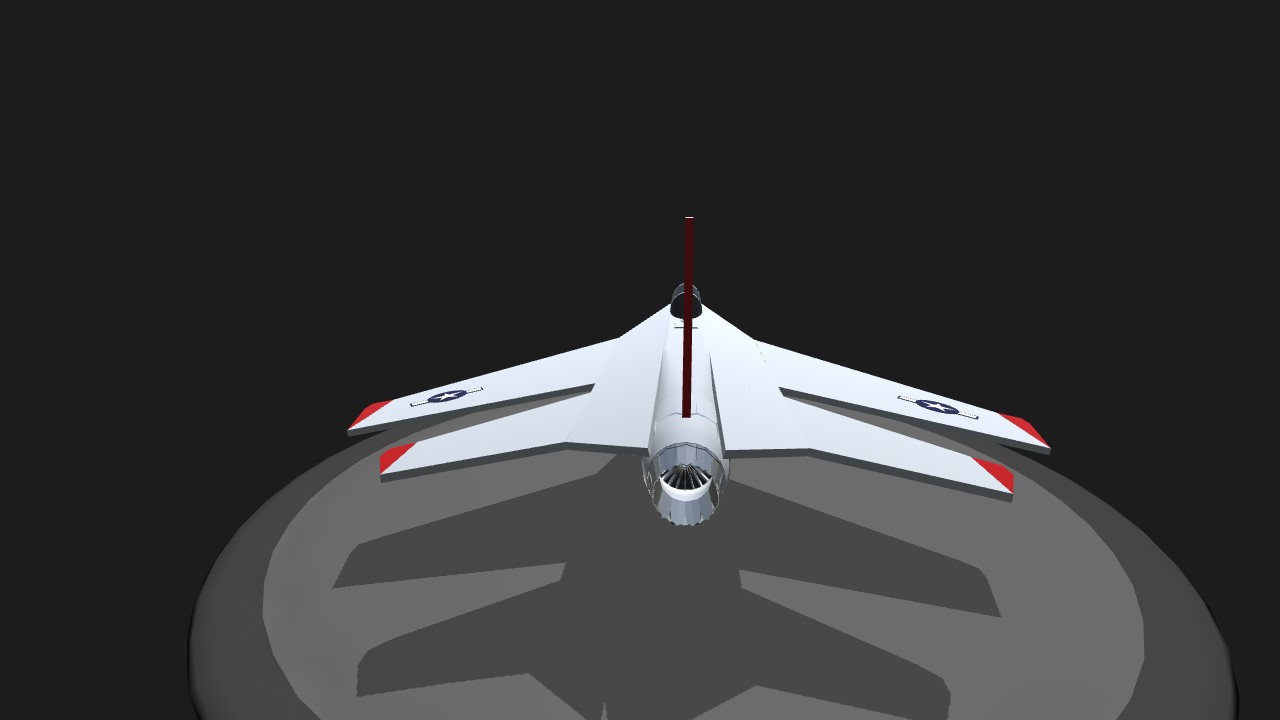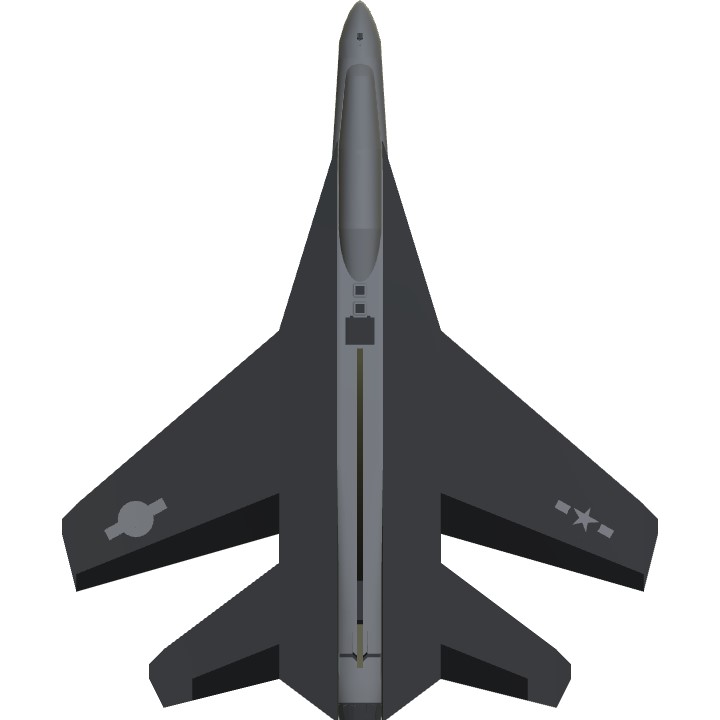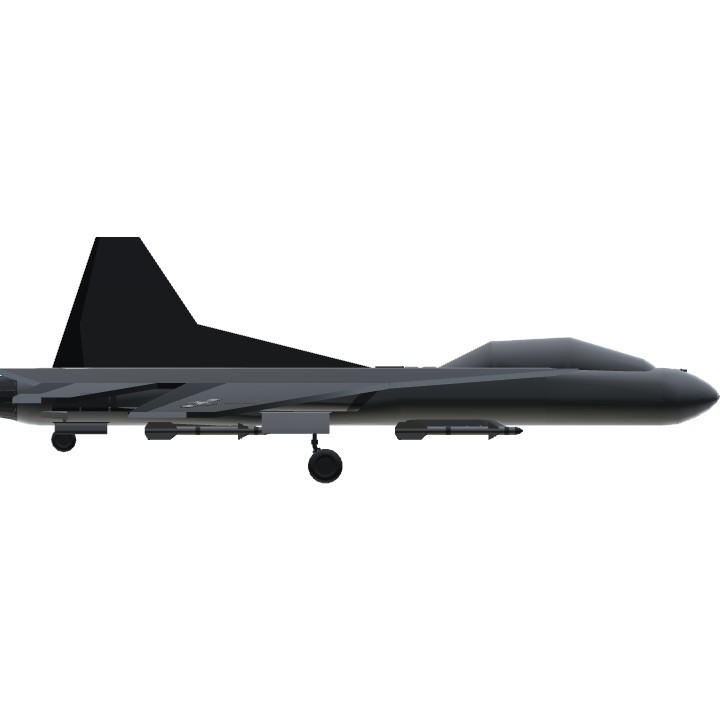Initially designed by General Dynamics as a low-cost supermanuverable export fighter in the late 1980's (with the first succesful test flight in 1989), the YF-19 was built around three key traits: manuverability, controllability, and cost-effectiveness. Intended to be cheap and user-friendly enough to be rapidly replaced in the event of a high attrition air-war with the Soviets while still being agile enough to effectively engage modern Soviet air-superiority fighters like the SU-27 and Mig-29, the Peregrine's design team sacrificed payload and versatility to create a very light aircraft with a very large wing and a high thrust-to-weight-ratio. However, with the collapse of the U.S.S.R. in 1991, nearly all potential military intrest in the fighter vanished overnight. A total of 23 aircraft were built, which were eventually purchased by Lockheed-Martin in 1993 (alongside the rights to the F-16), and have spent the intervening years as technology demonstrators and airshow atractions.
Specifications
General Characteristics
- Predecessor Light Fighter Challenge **FINISHED**
- Successors 1 airplane(s)
- Created On Windows
- Wingspan 33.4ft (10.2m)
- Length 40.7ft (12.4m)
- Height 13.6ft (4.2m)
- Empty Weight 10,467lbs (4,748kg)
- Loaded Weight 18,490lbs (8,387kg)
Performance
- Power/Weight Ratio 1.823
- Wing Loading 37.2lbs/ft2 (181.8kg/m2)
- Wing Area 496.5ft2 (46.1m2)
- Drag Points 2914
Parts
- Number of Parts 60
- Control Surfaces 8
- Performance Cost 391

